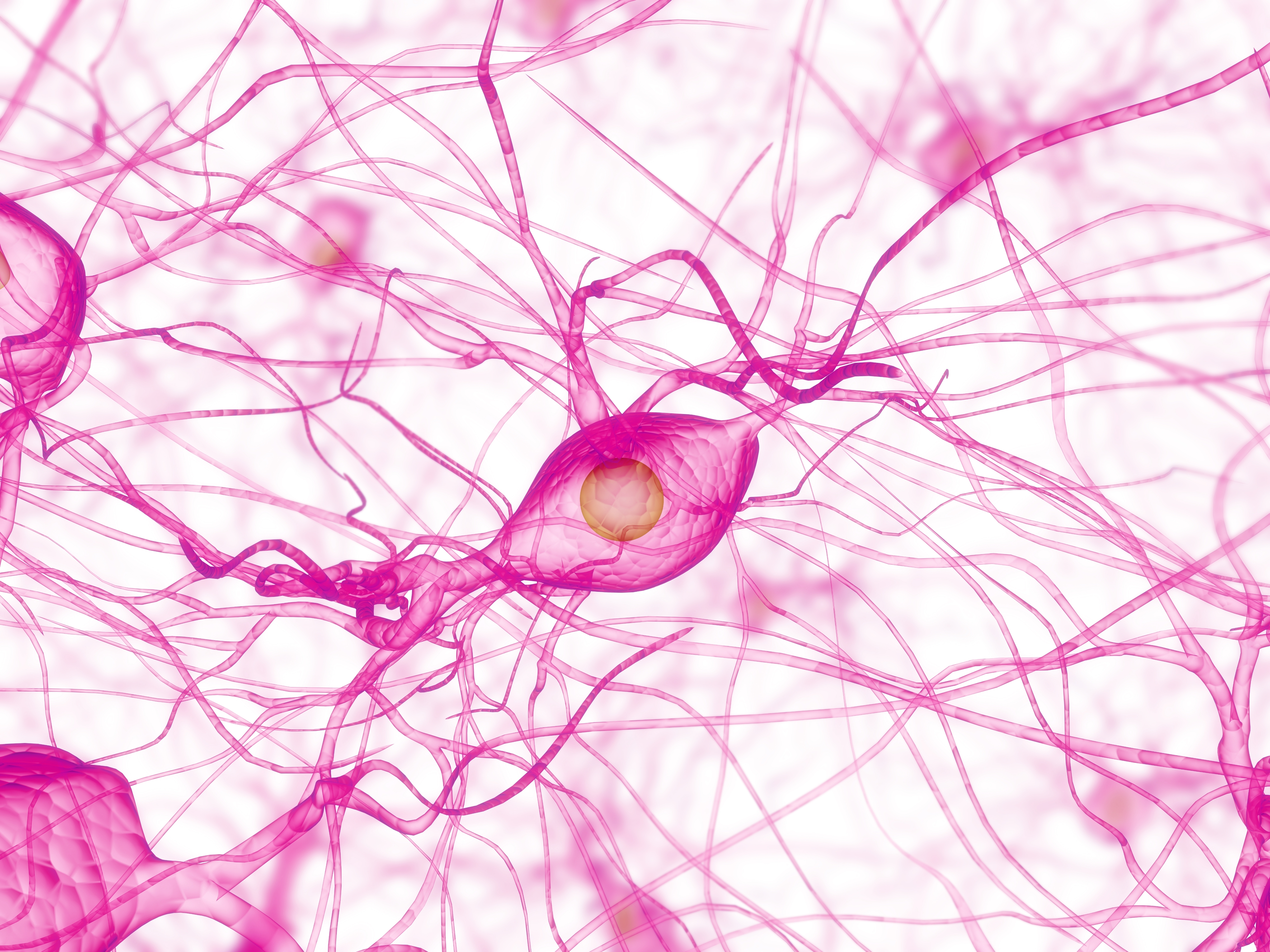New Type of Alzheimer’s Prevention May Be Possible with Enzyme that Lowers Tau
Written by |

Scientists have reported the discovery of a factor capable of lowering levels of tau in the brain. Tau is a protein high on the list of potential villains in Alzheimer’s disease.
The study, “Reduction of Nuak1 Decreases Tau and Reverses Phenotypes in a Tauopathy Mouse Model,” was published in the journal Neuron. The findings may eventually lead to a new type of treatment to prevent or delay Alzheimer’s.
When it comes to Alzheimer’s, the vast majority of research has been focused on events that accompany symptom development, but numerous studies have made it clear that disease-causing events start much earlier.
Researchers at Baylor College of Medicine in collaboration with colleagues at Texas Children’s Hospital and Johns Hopkins University School of Medicine focused on an early process — the accumulation of tau.
The research team used both human cells and fruit flies to study kinase enzymes in their search for enzymes that could impact the aggregation of tau. Using fruit flies allowed the team to quickly screen for effects of the experiments in an intact nervous system.
“Screening hundreds of kinases in the fruit fly animal model was critical because we could assess degeneration caused by tau in the fly’s nervous system and measure neuronal dysfunction,” Juan Botas, PhD, professor of molecular and human genetics and of molecular and cellular biology at Baylor and co-senior author of the study, said in a press release. “Screening such a large number cannot be done with other animal models like the mouse, and cultured cells cannot model complex nervous system functions.”
By blocking the enzymes one by one, the researchers eventually found what they were looking for — an enzyme called Nuak1.
Confirming their findings in mice, they noted that when levels of Nuak1 were reduced by half, it significantly lowered the presence of neurofibrillary tangles (tau aggregates) in the brains of the mice. Lowering the enzyme also improved the behavior of the animals and prevented neurodegeneration.
“Confirming in three independent systems — human cells, the fruit fly, and the mouse — that Nuak1 inhibition results in reduced levels of tau and prevents brain abnormalities induced by tau accumulation, has convinced us that Nuak1 is a reliable potential target for drugs to prevent diseases such as Alzheimer’s,” Dr. Huda Zoghbi, MD, the study’s senior author said.
The team now hopes that the discovery could lead to a treatment that can prevent Alzheimer’s disease by keeping tau levels low.
“The next step is to develop drugs that will inhibit Nuak1 in hope that one day would be able to lower tau levels with low toxicity in individuals at risk for dementia due to tau accumulation,” Zoghbi said.
Zoghbi was the senior author of another recently published study demonstrating that the aggregation of both tau and alpha-synuclein found in brains of Parkinson’s disease patients is controlled by a factor called TRIM28.





